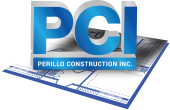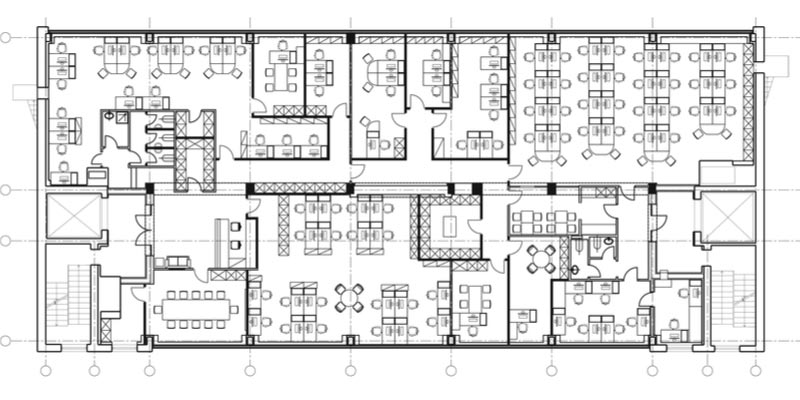Design-bid-build (D-B-B) is a method of project delivery that involves the owner or agency contracting different entities for design and construction. Design-bid-build (D-B) is another form of project delivery that involves the owner or agency contracting one entity for design and construction.
What Is Design-Bid?
The purpose of the design-bid process is to reduce risks to the owner of the property by assigning all responsibilities to one single entity. It may also help meet shorter deadlines because you can overlap the design and construction process.
According to the Design-Build Institute of America, the lead position on the project may be assigned to a general contractor, designer, developer, or as a joint effort. Whomever is in charge selects and follows up with the appropriate subcontractors for all elements of the job, from start to finish.
A 2011 study found the design-build project delivery method was used by approximately 40% of non-residential construction projects in the US, that represented a 10% increase from 2010. Popularity continues to increase, but some projects with more complicated components still prefer the design-bid-build process.
Benefits To Design-Bid
-A much quicker process that takes less time and tends to stay on budget better than design-bid-build projects.
-Reduced risk to the owner of the property because potential conflicts between the owner, architects and contractors are eliminated.
-The owner of the property is free from serious legal and managerial positions.
-Many of the costs and stresses associated with interior office build outs are taken on by the design-build team as opposed to the owner.
Drawbacks To Design-Bid
-There is no competitive bidding. If the project’s lead contractor has enough valuable contacts with vendors this might not be an issue.
-The design brief is subject to different interpretations, and therefore miscommunications can arise.
What Is Design-Bid-Build?
There are three distinct steps to the design-bid-build method of delivery:
-The actual design process
-The process of bidding out projects
-The construction process
The design phase involves working with an architect or engineer in order to design a feasible plan that can be taken to contractors during the bidding process.
The bid phase, also known as the tender phase, involves either “open” or “select” bidding. Open bidding is open to all contractors, while select bidding is only open to certain pre-selected contractors. Bids are analyzed by the general contractor and the architect.
There are numerous subcontractors required for every job; that’s why an experienced general contractor is your best friend. We find the highest quality contractors and work with them again and again. As a result, of the relationships we’ve developed, we score discounted rates that are passed onto you.
The construction phase is when the actual project is underway and all of the appropriate subcontractors are busy working on their particular tasks. It is all of these sub-contractors that bring the project to life. The general contractor works as a go-between for subcontractors and owners, ensuring projects are on track and in budget every step of the way. They are in charge of resolving any issues that arise and keeping the project owner up to date with progress reports, pictures, etc.
Benefits To Design-Bid-Build
-The general contractor is your advocate and only has your interests at heart.
-The general contractor is in charge of preparing and assessing bid documents, which takes a lot of stress off of you and helps make sure that all documents are complete and accurate.
-Provides ample options to the owner of the project because you’ll have a lot of bids to choose from.
-Helps ensure all bidding contractors are treated fairly.
-Utilizes competition in order to secure the best price for subcontractors.
Drawbacks To Design-Bid-Build
-Competition can backfire and create a “cheaper is better” environment in which the cheapest suppliers and subcontractors are chosen to save money.
-An experienced design team might not be up to date on the latest costs, causing issues from the get-go with budgeting and finding an appropriate subcontractor for each job. This can end up costing you money and time if the original plans have to be redrawn up or rebid.

